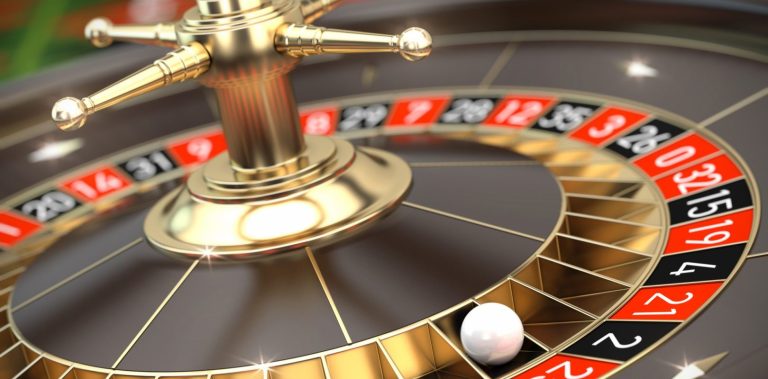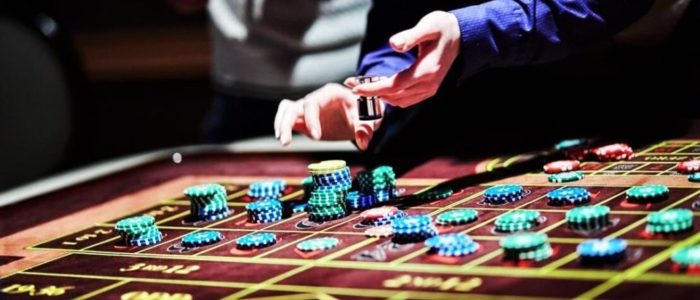Bluffing is a crucial aspect of playing poker that can make or break a player’s success at the table. Mastering the art of bluffing requires skill, strategy, and a keen understanding of human psychology. In this article, we will explore some key strategies for effectively bluffing in poker.
One of the most important aspects of bluffing is knowing when to do it. Bluffing too often can make you predictable and easy to read, while never bluffing at all can make you too cautious and passive. The key is to find the right balance and choose your spots wisely.
One effective strategy for bluffing is to consider your opponent’s tendencies and playing style. If you are up against a player who tends to be aggressive and easily rattled, they may be more likely to fold in response to a well-timed bluff. On the other hand, if you are facing a more conservative player who rarely bluffs themselves, they may be less likely to fall for your deception.
Another important factor to consider when bluffing is your position at the table. Bluffing from late position gives you an advantage because you have more information about how your opponents have played their hands. This allows you to tailor your bluff based on their actions and reactions.
It is also essential to consider the size of your bets when attempting a bluff. A small bet may not be convincing enough to scare off an opponent with a strong hand, while an overly large bet may arouse suspicion and lead them to call or raise. Finding the right balance in bet sizing is crucial for successful bluffing.
Furthermore, it is essential to pay attention to timing when executing a bluff. Bluffing too early in a hand can be risky as there are fewer opportunities for players with weaker hands to fold. Conversely, waiting until later in the hand when there are fewer players left can increase the likelihood of success.
Finally, one key strategy for mastering the art of bluffing in poker is maintaining consistency in your overall gameplay. If you only ever bet aggressively when you have a strong hand, it will become easier for observant opponents to spot your bluffs. By mixing up your playstyle and occasionally throwing in bluffs with weaker hands, you keep your opponents guessing and maintain an element of surprise.











